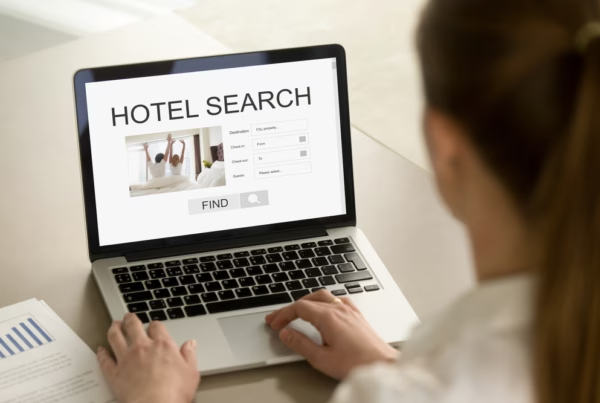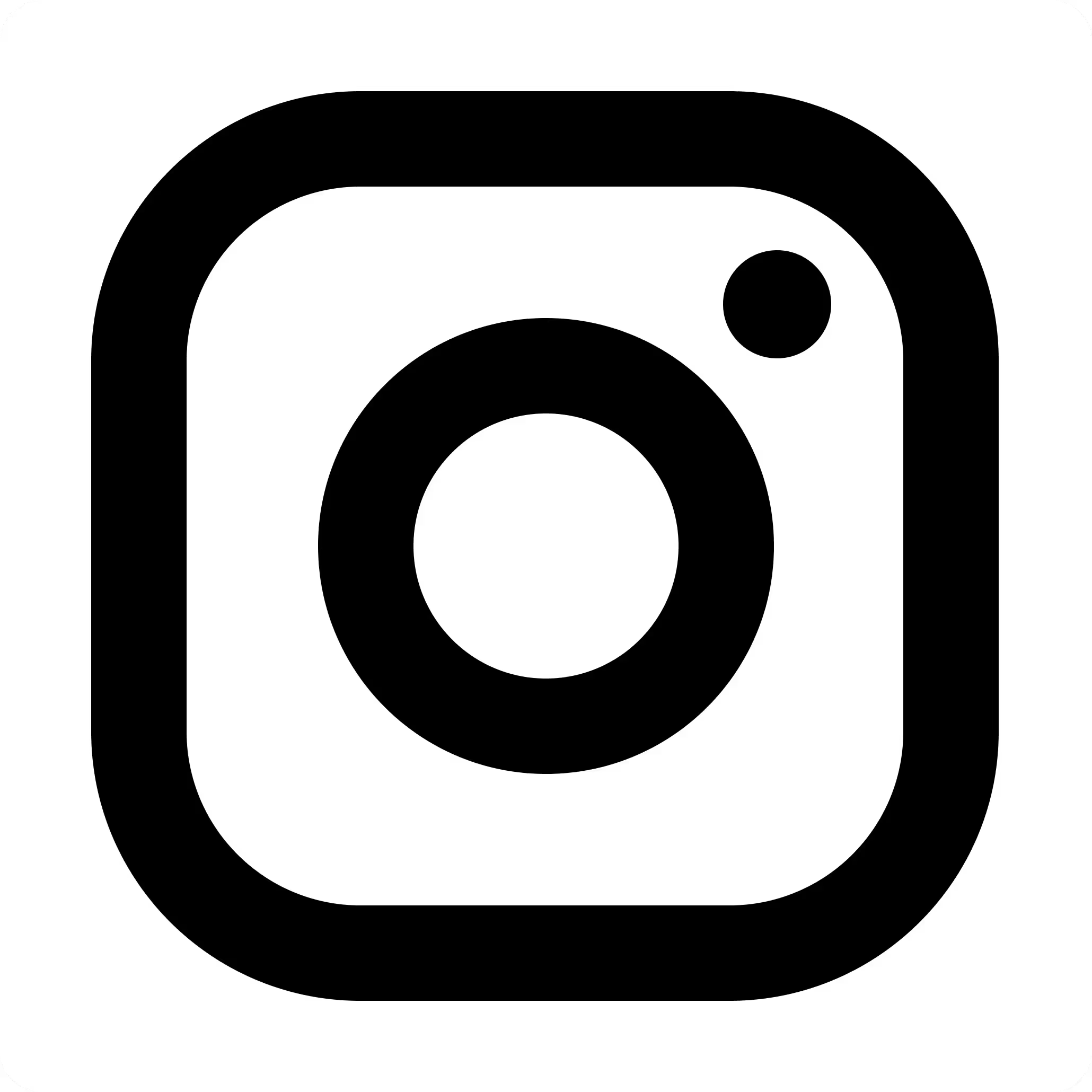Can we personalize communication with guests on our website?
The answer is yes.
There are currently a variety of personalization tools available that allow us to integrate conversion-oriented messages into the hotel’s website in a simple, dynamic way, addressing the specific needs of travelers based on different parameters such as language, search dates, type of device, etc.
How do we do it?
Firstly, we must find a message automation tool that offers a user-friendly environment, meaning we should prioritize usability.
To achieve this, one of the most feasible options is to use a tool that provides pre-designed templates that are fully adaptable to our brand image: colors, images, texts, or typography.
Secondly, we should be able to choose on which page of our site we want the message to appear, configuring the frequency and timing as well: Do you want the message to appear on all pages? Only when it’s the user’s first time accessing the web?
In this context, what you want to communicate becomes very significant, as finding the right moment is as important as the message itself.
Consider that a cross-selling action informing the user about the services you offer that add value to the booking (excursions, babysitting service, etc.) is different from an action totally oriented to conversion based on the principle of scarcity: “only two rooms of X characteristics left”, or conveying a promotion or discount.
In any case, what you must consider is that these types of messages, far from being intrusive, will help enhance direct booking when they are correctly designed and planned.
Now, can we automate personalization?
Automated personalization usually relies on historical data and is supported by other uncontrollable environmental variables such as the weather, etc. Based on this information, ‘ad hoc’ messages are created whose objective will vary depending on our needs.
There is no doubt that such automations save time. However, at 123Compare.me, we believe that the supervision of a marketing professional is essential to optimize any process of personalized communication, especially considering that there are tools on the market that offer us the ability to adapt our communication to the sales funnel: discovery, interest, and conversion in 4 simple steps: message selection, choice of predetermined design, content insertion, and implementation.








